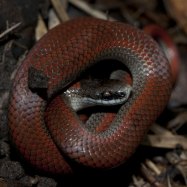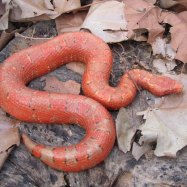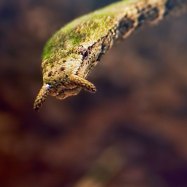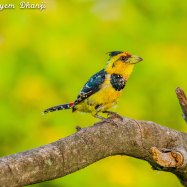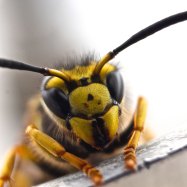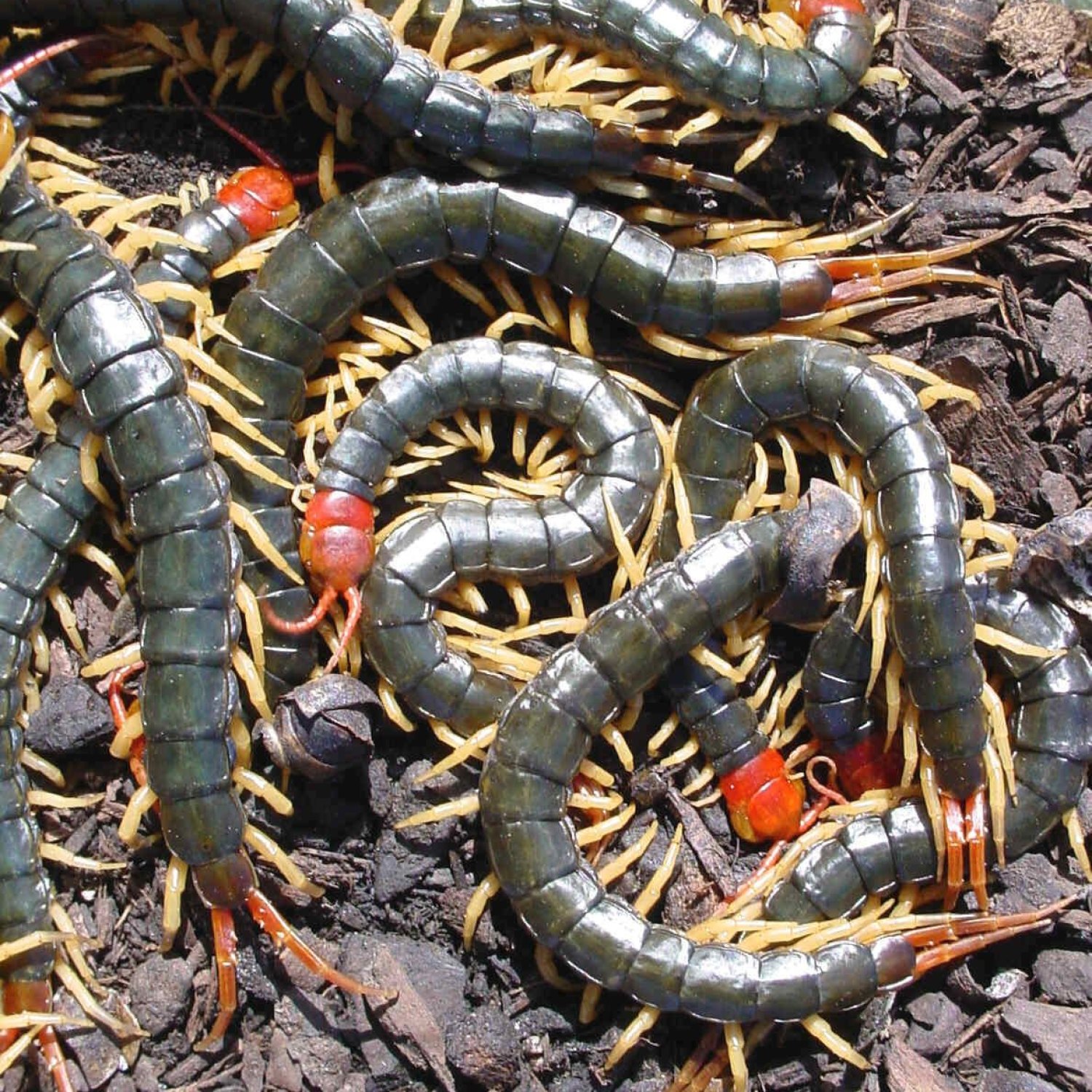
Centipede
Up to 12 inches (30 cm)
Did you know that the centipede, part of the diverse family of animals in category C, can grow up to 12 inches in length? Found in various locations, this long and segmented creature is a predator known for its rapid movement and venomous bite. Keep an eye out for this fascinating, but sometimes creepy, critter!
Animal Details Summary:
Common Name: Centipede
Kingdom: Animalia
Habitat: Terrestrial
A Fascinating Journey into the World of Centipedes
Centipedes are one of the most intriguing creatures in the animal kingdom. With a scientific name Chilopoda, they belong to the Phylum Arthropoda, which also includes insects, spiders, and crustaceans. These creatures have fascinated researchers and animal enthusiasts for centuries, and for a good reason. Not only are they the oldest land predators on Earth, but they also have remarkable abilities that enable them to thrive in diverse environments worldwide Centipede. In this article, we will take a closer look at centipedes, their unique characteristics, and their role in the ecosystem.A Kingdom of Its Own
Centipedes are unique creatures that belong to their very own kingdom – Animalia. They can be found in almost all parts of the world, except for Antarctica. These fascinating multi-legged arthropods have been around for more than 400 million years, making them one of the oldest surviving species on the planet.Classified Under Chilopoda
Centipedes, with their long segmented bodies and numerous legs, are classified under the Class Chilopoda. This class is further divided into different orders and families based on their specific physical characteristics and behaviors. Some of the known orders include Lithobiomorpha, Scutigeromorpha, Scolopendromorpha, Geophilomorpha, and Craterostigmomorpha. Each of these orders has unique features that distinguish them from one another.Astoundingly Versatile Habitat
Centipedes are found in almost every corner of the world, from the depths of dense forests to the prairies, deserts, and even in your own backyard Crab Spider. These creatures are highly adapted to various environments, which makes them one of the most successful predators on Earth. They thrive in both humid and dry conditions and can be found in various habitats such as under rocks, logs, or in the soil.Carnivorous Predators
One of the most fascinating facts about centipedes is their feeding method. These creatures are carnivorous predators, which means they feed on other living organisms to survive. They have modified front legs that contain venomous glands, which they use to subdue their prey. They are opportunistic hunters and will eat anything they can overpower, from insects and spiders to lizards, frogs, and even small rodents.Diverse Geographical Distribution
Centipedes have a global presence, with different species found in different parts of the world. While some species are widespread and can be found in almost all continents, others are limited to specific regions. For example, the Scolopendra gigantea, also known as the Amazonian Giant Centipede, is found in South America, while the Chinese Red-headed Centipede is native to East Asia.A Multitude of Colors
Centipedes come in a wide range of colors, making them one of the most visually striking creatures in the animal kingdom. Their coloration varies depending on the species, with some centipedes sporting bright and vibrant colors, while others have muted tones. Some have a uniform color throughout their body, while others have intricate patterns and stripes.A Unique Body Shape
Centipedes have a distinctive body shape that sets them apart from other creatures. Their bodies are long and segmented, usually with 15-177 segments, each with a pair of legs. The number of legs varies depending on the species, with some having as few as 15 pairs, while others can have over 100 pairs. The first pair of legs are modified into powerful and venomous pincers that they use for hunting prey.Length Beyond Imagination
These amazing creatures come in various sizes, with the smallest species measuring just a few millimeters long, while the largest can grow up to 12 inches (30 cm) in length. In some species, the last pair of legs are modified into sensory organs that help them navigate their surroundings. With their long bodies and numerous legs, centipedes can move quickly and with great agility, making it challenging for their prey to escape.Their Secret Weapon: Regeneration
While centipedes are exceptional predators, they themselves are also prey. To protect themselves from attacks, they have a unique form of defense – regeneration. Unlike most creatures, centipedes have the remarkable ability to regrow lost limbs. This allows them to survive attacks from predators and continue their hunt for food.Centipedes: An Essential Part of the Ecosystem
Despite their fearsome appearance and predatory nature, centipedes play a vital role in maintaining ecological balance. As predators, they help control the population of other smaller creatures, preventing them from becoming pests. They are also a source of food for larger predators such as birds, reptiles, and mammals. In addition, they contribute to the decomposition process by feeding on dead plant and animal matter, which helps return nutrients to the soil.Closing Thoughts
Centipedes, with their unique characteristics and adaptability, are truly fascinating creatures. From their diverse habitats to their colorful appearance and remarkable abilities, these multi-legged arthropods continue to amaze researchers and animal enthusiasts alike. Despite often being misunderstood and feared, they are an essential part of the ecosystem, playing a crucial role in maintaining the delicate balance of nature. So, the next time you come across a centipede, take a moment to appreciate its remarkable features and the incredible journey it embarked on to reach where it is today.

Centipede
Animal Details Centipede - Scientific Name: Chilopoda
- Category: Animals C
- Scientific Name: Chilopoda
- Common Name: Centipede
- Kingdom: Animalia
- Phylum: Arthropoda
- Class: Chilopoda
- Order: Various
- Family: Various
- Habitat: Terrestrial
- Feeding Method: Carnivorous
- Geographical Distribution: Worldwide
- Country of Origin: N/A
- Location: Various
- Animal Coloration: Varies depending on species
- Body Shape: Long and segmented
- Length: Up to 12 inches (30 cm)
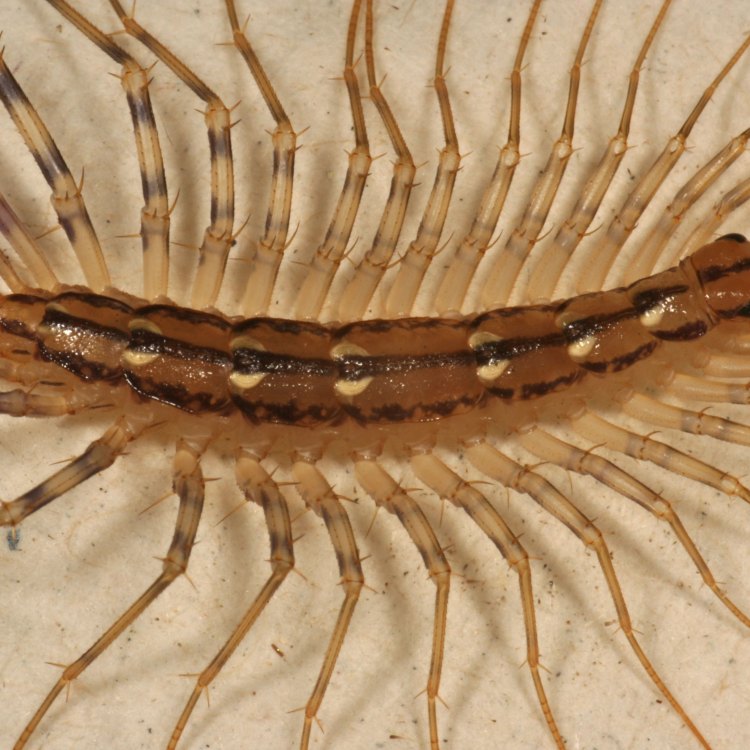
Centipede
- Adult Size: Varies depending on species
- Average Lifespan: Up to 5 years
- Reproduction: Sexual
- Reproductive Behavior: Varies depending on species
- Sound or Call: Does not produce sound
- Migration Pattern: Varies depending on species
- Social Groups: Solitary
- Behavior: Nocturnal
- Threats: Predation, habitat loss
- Conservation Status: Not evaluated
- Impact on Ecosystem: Predator, helps control populations of other invertebrates
- Human Use: None
- Distinctive Features: Multiple legs, long antennae, venomous fangs
- Interesting Facts: Centipedes are highly efficient predators, capable of capturing and subduing prey much larger than themselves.
- Predator: Various predators including birds, reptiles, and other invertebrates
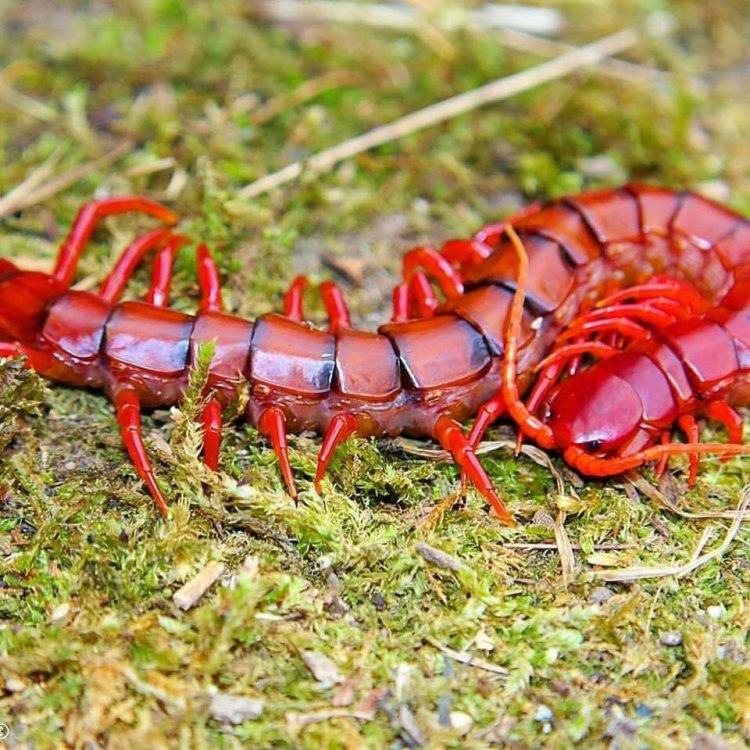
Chilopoda
Uncovering the Intriguing World of Centipedes
When we think of creepy crawly creatures, centipedes are often among the first to come to mind. With their long, segmented bodies and many legs, they may seem like something straight out of a horror movie. However, there is much more to these elusive creatures than meets the eye.Centipedes belong to the class Chilopoda, which includes over 8,000 known species PeaceOfAnimals.Com. They are found all over the world, except for Antarctica, and come in a variety of shapes, sizes, and colors. But despite their intimidating appearance, these invertebrates play a vital role in the ecosystem, and their unique features make them fascinating creatures to study.
The Basics of a Centipede
The size of a centipede varies depending on the species, with some reaching as small as just a few millimeters, while others can grow up to 30 cm in length. The average lifespan of a centipede is around 5 years, but some species have been known to live up to 10 years. This makes them one of the longest-living invertebrates on the planet.Reproduction in centipedes is sexual, meaning that they require a mate to reproduce. However, the specific reproductive behavior varies depending on the species. Some species lay eggs, while others give birth to live young. Some species also have elaborate courtship rituals, while others have more simplistic mating behaviors Ceratopsian.
Unlike some other creatures, centipedes do not produce any sounds or calls. They communicate through chemical signals and touch, making them a quiet addition to any environment.
A Diverse and Solitary Species
There are so many different species of centipedes that it is impossible to generalize their behavior. Some species are known to migrate to new areas, depending on their food source. However, others are more stationary and may only move to find optimal living conditions.One thing that is consistent among centipedes is their solitary nature. They are not social creatures and prefer to live and hunt alone. This behavior extends to their mating process, where they come together solely for the purpose of reproduction.
Centipedes are also nocturnal, meaning they are active at night and hide during the daytime. This helps protect them from predators while also allowing them to prey on other nocturnal creatures during their peak hunting time.
Surviving in the Wild
The natural habitat of centipedes varies, with some species preferring damp areas like forests or caves, while others live in dry, desert-like environments. They are highly adaptable creatures and can be found in almost any type of climate, from tropical to arctic regions.As nocturnal hunters, centipedes have developed highly efficient techniques for capturing their prey. Their distinctive feature of multiple legs allows them to move quickly and silently, while their long antennae help them detect movement and potential prey. They also have a pair of venomous fangs, which they use to capture and subdue their prey.
A Dangerous Predator - And Prey
Centipedes are considered top predators in their ecosystem, feeding on a variety of invertebrates, including insects, spiders, and worms. They are incredibly agile and can capture and subdue prey much larger than themselves. This ability makes them essential in controlling the populations of other invertebrates in their environment.However, despite their predatory skills, centipedes are also vulnerable to becoming prey themselves. Various predators, including birds, reptiles, and other invertebrates, have been known to hunt and feed on centipedes. This is why they prefer to live in hidden, hard-to-reach places, where they can quickly escape from potential predators.
The Threats They Face
Unfortunately, centipedes face many threats in the wild, primarily due to human activity. Habitat loss and destruction, through deforestation and urbanization, are significant threats to their survival. As centipedes prefer damp, dark environments, they are often displaced or killed when their habitats are destroyed.In addition to habitat loss, centipedes also face predation from introduced species, such as rats and cats, which see them as a potential food source. This interference in their natural environment can have a significant impact on their populations.
Unsung Heroes of the Ecosystem
Despite the threats they face, centipedes play a vital role in the ecosystem. As predators, they help control populations of other invertebrates, ensuring a balance in the food chain. Without centipedes, we may see an increase in population of certain insect species, which could lead to negative consequences for both the environment and humans.Are Centipedes Dangerous to Humans?
One of the most common questions people have about centipedes is whether or not they are dangerous to humans. The answer is both yes and no.While centipedes have venomous fangs and can deliver a painful bite, they are not typically aggressive towards humans. In fact, they will only bite if they feel threatened or are provoked. The venom from their bite is not deadly, but it can cause swelling, pain, and redness at the site. In rare cases, some people may have an allergic reaction to the venom, which can lead to more severe symptoms.
However, it's worth noting that most species of centipedes are not harmful to humans and prefer to avoid confrontation. If you do come across a centipede, it's best to leave them alone and let them continue on with their natural behavior.
The Need for Conservation
Despite their importance in the ecosystem, centipedes have not been evaluated for conservation status by the International Union for Conservation of Nature (IUCN). This means that we don't have a clear understanding of their population trends and potential risks.However, with the threats they face, it is crucial to take steps to conserve and protect these unique creatures. This can be done through conservation efforts, such as preserving their natural habitats and educating the public about their importance.
Conclusion
Centipedes may seem like scary, mysterious creatures, but there is much more to them than meets the eye. Their unique features, behaviors, and vital role in the ecosystem make them intriguing creatures to study and appreciate. By understanding and protecting them, we can ensure that these creatures continue to play their important role in maintaining a healthy and balanced ecosystem.
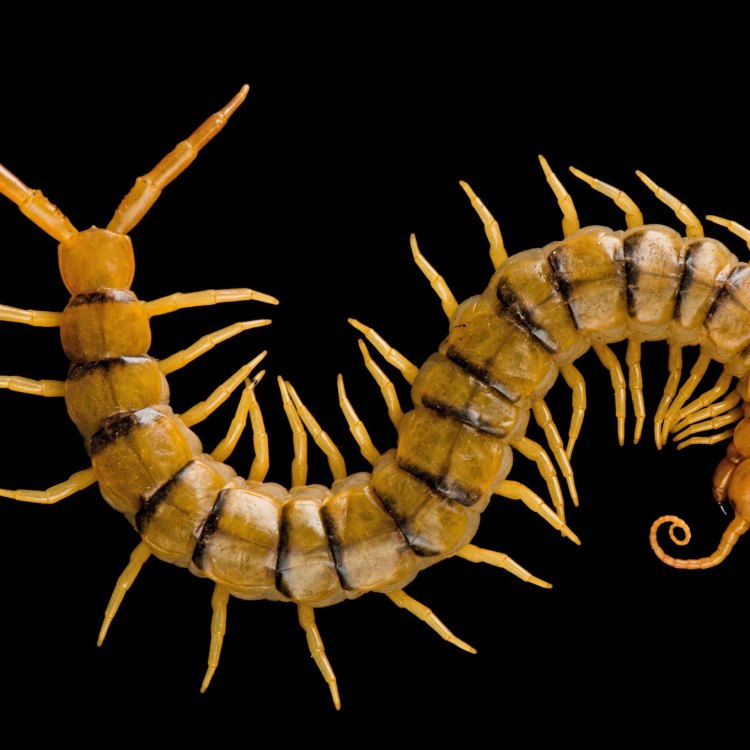
A Fascinating Journey into the World of Centipedes
Disclaimer: The content provided is for informational purposes only. We cannot guarantee the accuracy of the information on this page 100%. All information provided here may change without prior notice.


